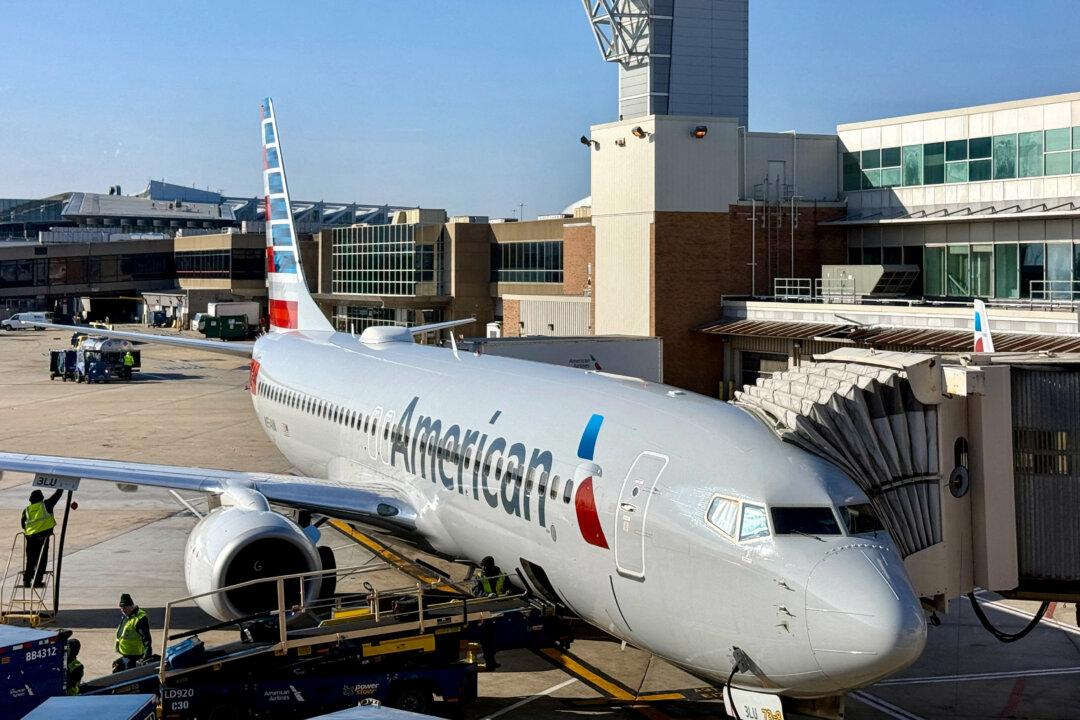As insurers battle growing numbers of claims, sometimes dishing out more funds than they’re taking in, another insurer is now set to leave the California home insurance market, according to recent filings with the state’s Department of Insurance.
A spokesperson for Nationwide told the news site the recent decision follows suit with “everyone else in our industry,” and that the company is taking “the necessary actions that ensure long-term viability,” while continuing to offer protection and competitive prices.
The spokesperson said market trends are forcing the company to get “specific” on which markets to target.
In January, State Farm announced it will raise rates in California by an average of 20 percent per homeowner for renewals, with new rates expected to take effect March 15.
The state’s largest insurer told The Epoch Times in an email at the time that the decision was necessary to protect ratepayers.
“These rate changes are driven by increased costs and risk, and are necessary for ... [us] ... to deliver on the promises the companies make every day to their customers,” a spokesperson said.
Both State Farm and Allstate announced last year they would stop issuing some new insurance policies, including casualty and property insurance for State Farm and commercial and residential properties for Allstate.
Industry experts have said some California regulations that make it hard to get a fair return for insurers have led to the recent influx in insurers pausing policies or pulling out of the market.
“What’s happened over the years is the cost to build properties has outpaced inflation, but the regulations have kept the insurance premiums in California artificially low,” Janet Ruiz, director of communications for the Insurance Information Institute—a New York-based organization that provides insurance information to the consumer—told The Epoch Times in an interview last month.
Part of the issue, according to the institute, is a 1988 measure, Proposition 103, that does not allow insurers to use risk-based pricing. This has prevented providers from anticipating rates, as they can only set them based on historical data, such as fires in the last 20 years.
Ms. Ruiz said another issue under Prop. 103 is what’s known as the intervenor process, in which the state’s Insurance Department reviews all proposed rate increases that are 7 percent or greater, which can sometimes take years.
“The intervenor process takes a long time. There have been some rate requests that have taken two to three years,” she said.
California Insurance Commissioner Ricardo Lara announced in a press release last September a plan to promote the writing of new policies. By the end of 2024 insurers would be required to write at least 85 percent of policies in high-wildfire-risk communities that have been abandoned by many insurers, and they may factor in reinsurance costs.
Reinsurance is when company transfers some of its insured risks to another insurer, which is currently allowed in all states but California.
A spokesperson for Nationwide didn’t return a request for comment by deadline.





